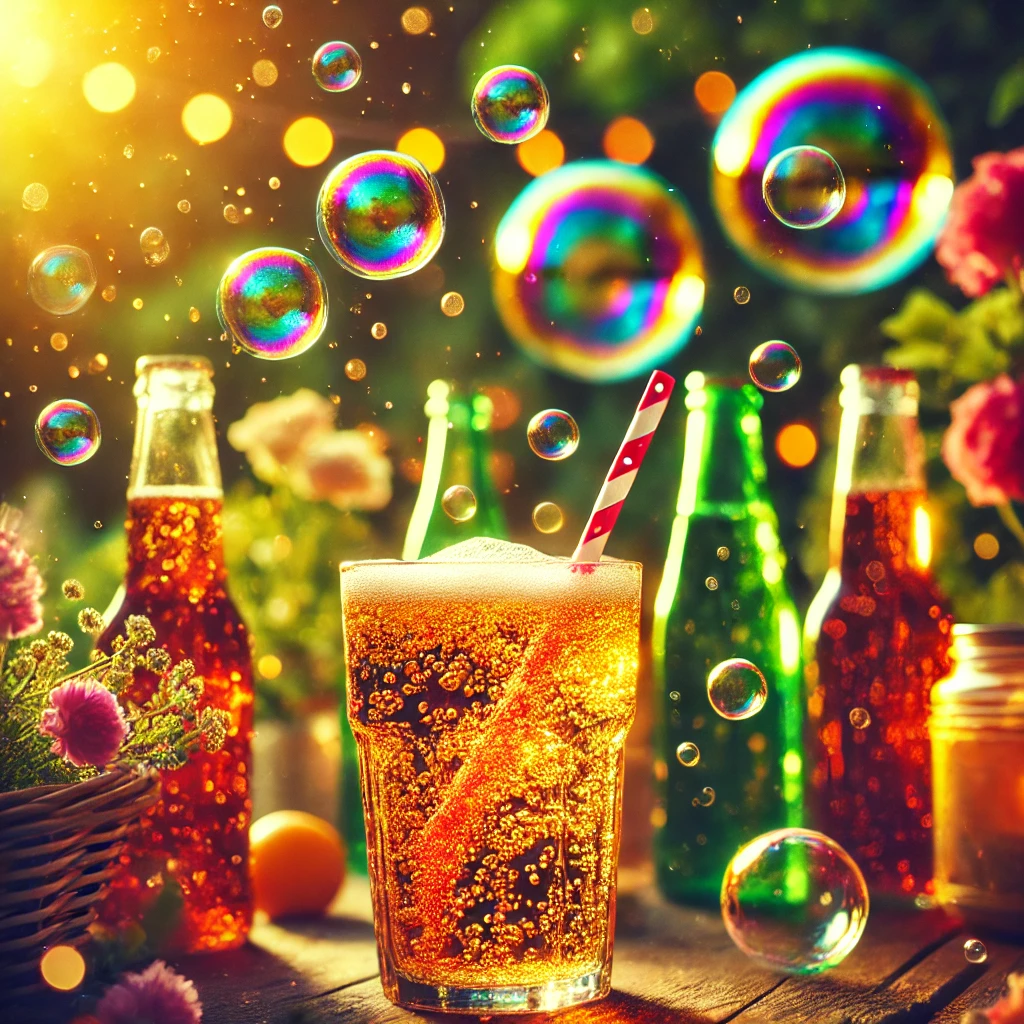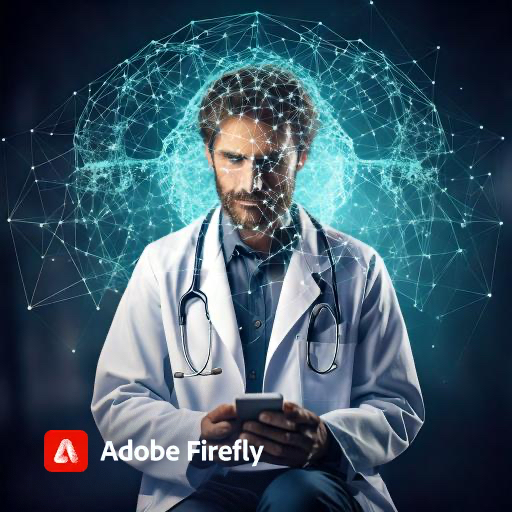From the festive pop of a champagne bottle to the refreshing fizz of a soda, carbonated drinks have a unique way of engaging our senses. But what makes bubbles so irresistible? Neuroscientist Gabriel Lepousez, from the Perception and Memory Unit at the Pasteur Institute, delves into the fascinating science behind why our brain loves bubbles.
The Science of Bubble Formation
The effervescence in sparkling beverages is the result of dissolved carbon dioxide (CO₂), but bubble formation depends on more than just gas. In a pressurized bottle, such as champagne, CO₂ remains dissolved. When the bottle is opened and pressure decreases, the gas returns to its gaseous form, creating the mesmerizing streams of bubbles in the glass.
Interestingly, the bubbles don’t just appear randomly. Tiny impurities on the glass surface—such as dust, microfibers, or microcracks—serve as nucleation points where bubbles begin to form. If you were to pour a carbonated drink into a perfectly smooth, clean glass, you might not see any bubbles at all!
A Multisensory Experience
What makes carbonated drinks so appealing is their ability to engage all five senses:
- Sight – The rising bubbles create a dynamic, visually stimulating effect, making the liquid appear “alive” compared to a still drink.
- Hearing – The sound of a champagne cork popping, the hiss of a soda can opening, and the fizzing bubbles add to the experience.
- Smell – Each bursting bubble releases tiny aerosol droplets, intensifying the drink’s aroma and enhancing olfactory stimulation.
- Touch – The bubbles create a tingling sensation in the mouth, activating nerve endings associated with irritation and spiciness.
- Taste – CO₂ reacts with water to form carbonic acid, making sparkling drinks taste slightly more acidic and refreshing.
The “Spicy” Sting of Carbonation
Ever wonder why carbonated drinks sometimes feel sharp or stingy? That’s because CO₂ is an irritant gas, activating the same receptors as mustard. The mustard receptor (TRPA1), found in the nerve endings of the trigeminal nerve, detects irritant compounds and sends pain signals to the brain. This is why some carbonated drinks create a mild burning sensation in the throat and mouth.
Why Do We Love Bubbles?
Bubbles don’t just enhance flavor—they intensify the overall drinking experience. The visual appeal, sound, aroma, texture, and taste all combine to create a sensation that our brains find exciting and pleasurable. Whether it’s a glass of champagne, a fizzy soda, or sparkling water, carbonation enhances our perception of refreshment and indulgence.
📢 What’s your favorite carbonated drink? Do you enjoy the fizz or prefer a still alternative? Let us know in the comments!




